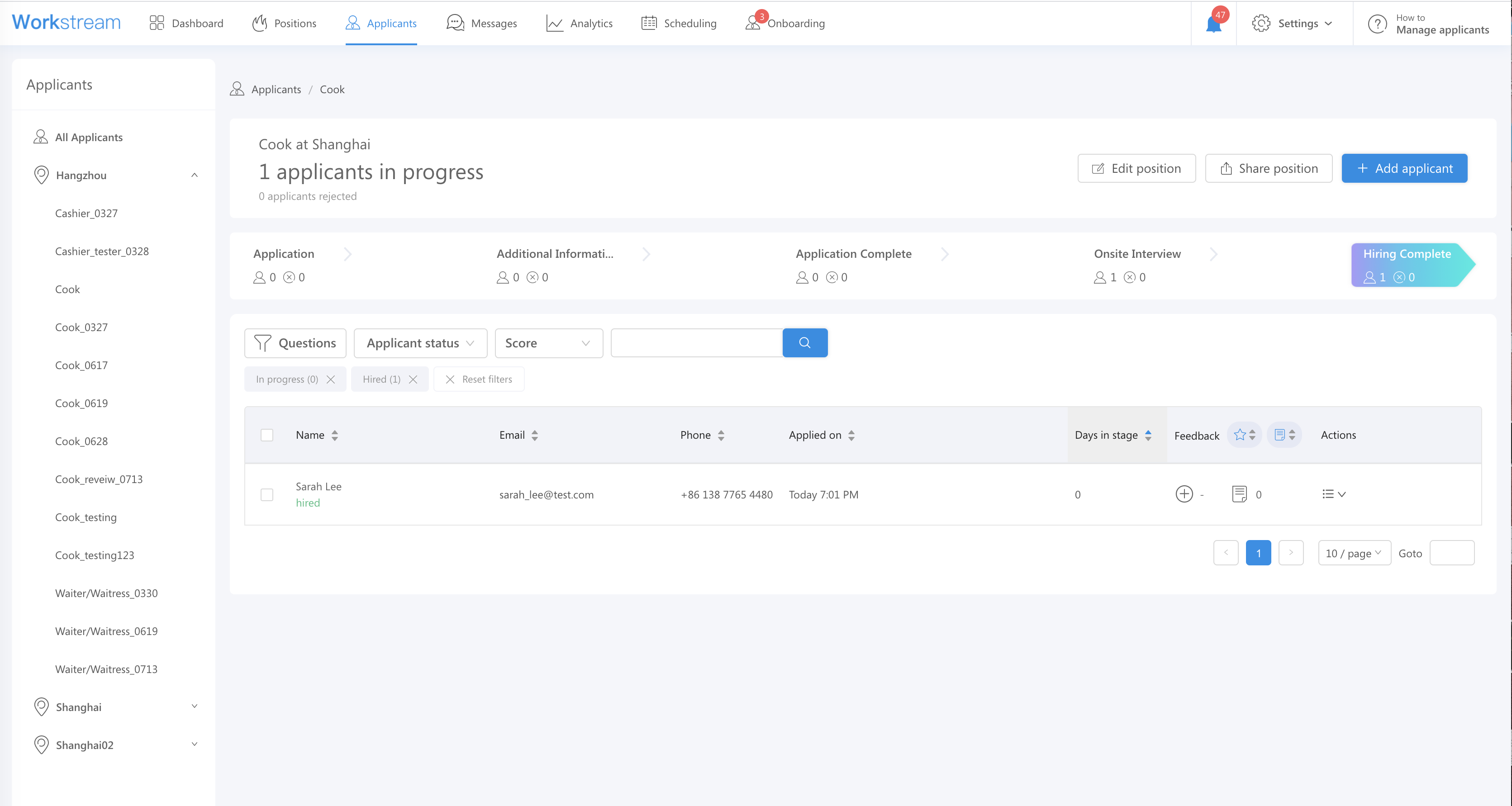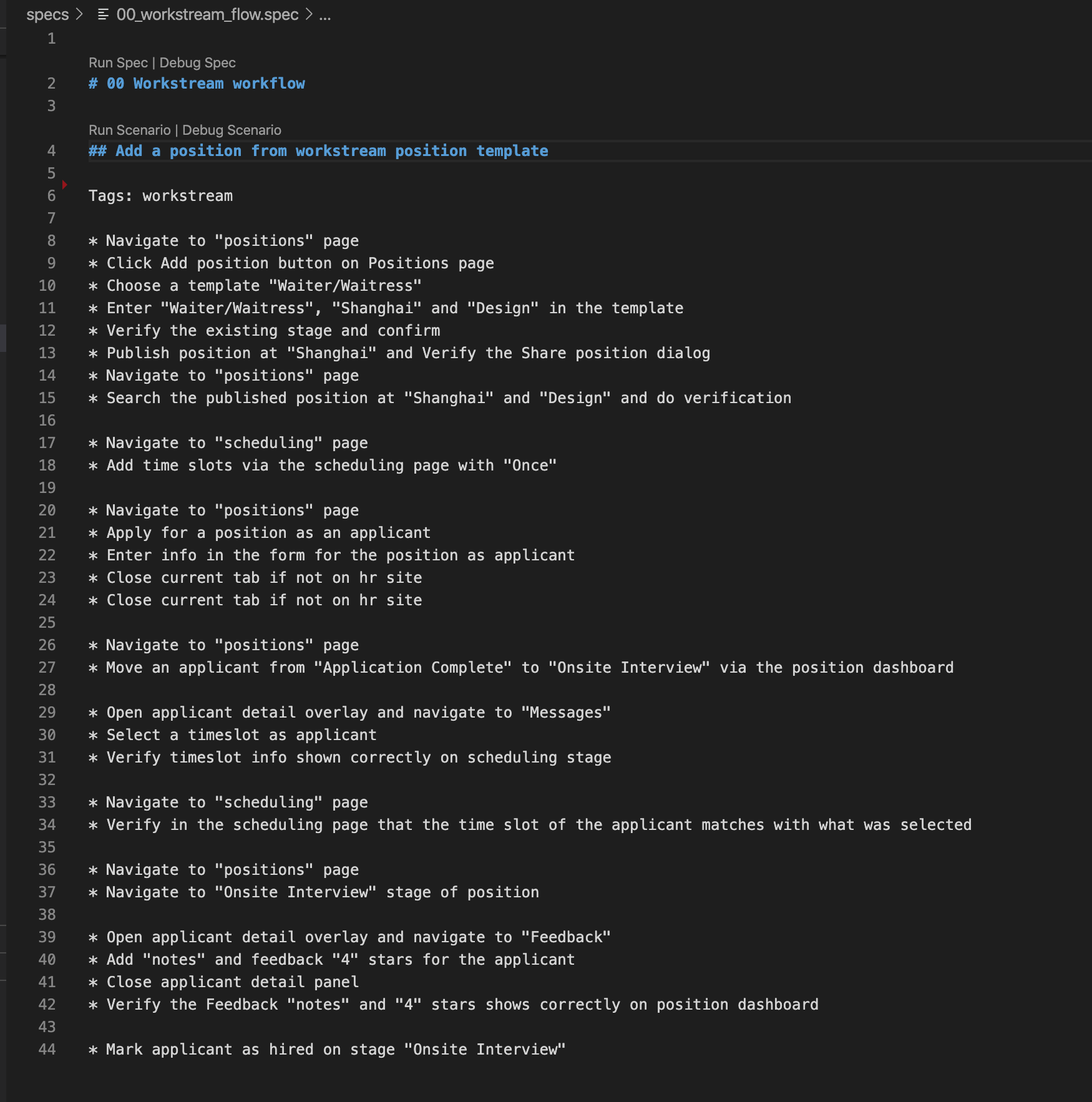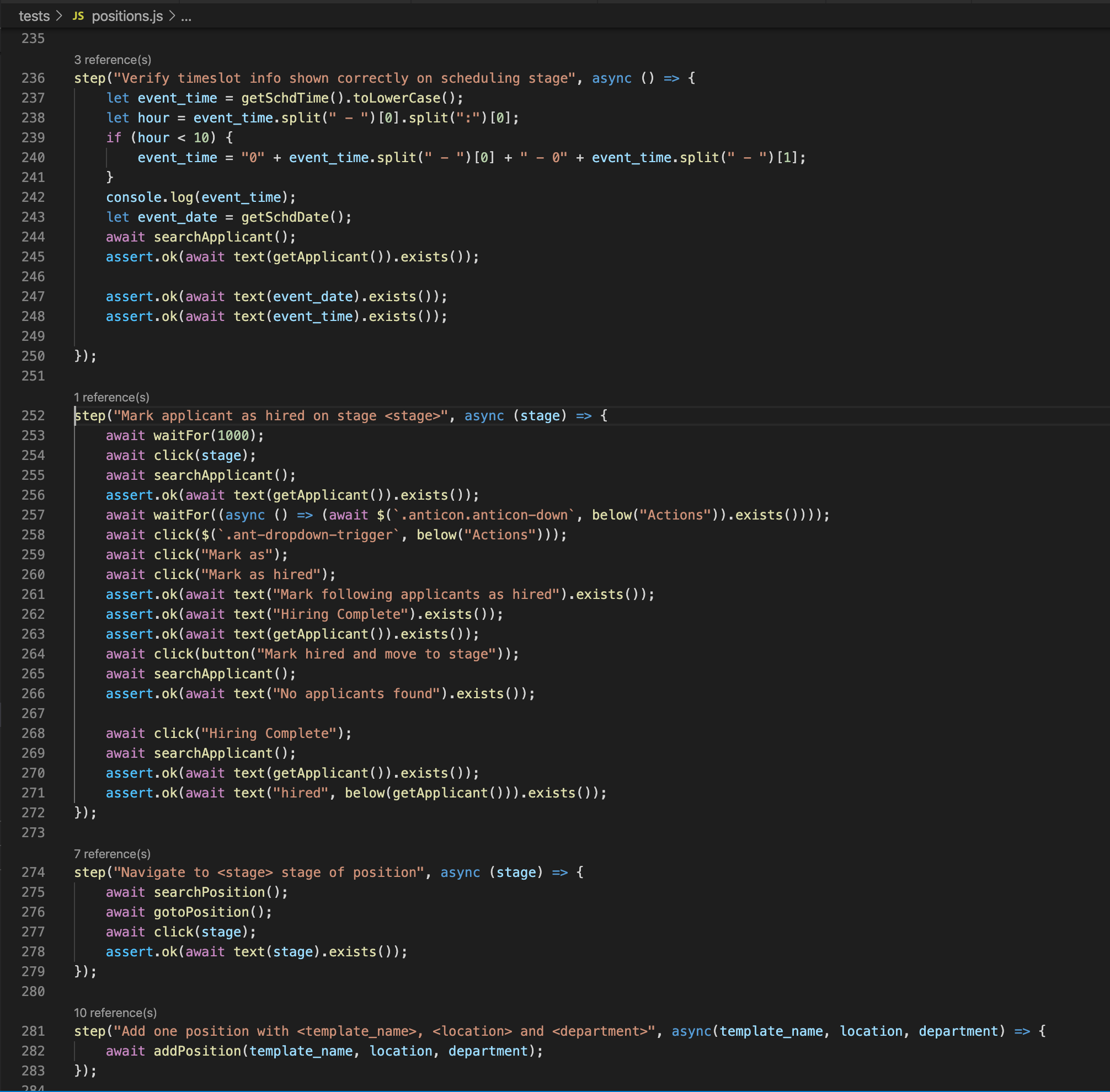July 24, 2020

Adopting Gauge and Taiko at Workstream to simplify test automation
Every startup tries to disrupt the marketplace, and some do with limited resources. It is where multi-taskers, go-getters, and continuous learners thrive. Some navigate a resource crunch by investing in tools. However, not all organizations can afford costly product licenses. That is why open source software is crucial for the startup ecosystem.
Often, the hustle and bustle of daily operations puts software testing in the backseat for startups. When there is a need to test, startups expect every team member—including the sales team, the CEO, marketers, and administrators—to morph into testers. In such circumstances, leveraging a testing tool can make a difference.
A similar situation arose when Windy Liu, an ace tester, joined the U.S. startup Workstream. Workstream offers a platform and mobile application for human resource (HR) professionals to post job boards with one click, automate follow-ups with applicants, and streamline onboarding. Like with any other startup, Workstream too needed structured processes to test its hiring platform. When Windy joined the startup, he had only one other colleague on his team—a former human resource professional turned tester.
Windy wanted a robust testing framework that supported the entire hiring platform. With over 12 years of testing experience across enterprises such as PwC and SAP, Windy was keen to introduce test automation at Workstream. Windy recollects,
We were searching for a tool that could be easily used and make test execution stable.
Challenge: Finding an easy to use and end to end test automation tool
Workstream’s hiring platform has multiple stages that need testing. At the application stage, candidates answer questions and upload resumes. In the next stage, candidates provide additional information, and the application completion stage follows this. Finally, the platform enables HR executives to schedule interviews, after which they select the best candidates.

As Workstream grew, so did its testing requirements. Windy realized that manual testing could no longer match the speed and complexity of software development. It reinforced his resolve to implement test automation so that software updates did not disrupt existing features.
As his colleague was new to test automation, the tool must be easy to use. What’s more, considering that Workstream was a startup, Windy needed a tool that was both open source and integrated easily with the current tech stack.
Solution: Easy-to-write tests in Markdown
As a first step, Windy compared a handful of test automation tools. He analyzed tools such as Katalon, RSpec, and Cucumber. At about the same time, his friend shared an article about Gauge— a free and open-source test automation framework from ThoughtWorks. The team behind Gauge also built Taiko - an open source browser automation tool. The team built both these tools with the goal of making tests reliable and easy to write.
The article convinced Windy to explore and pick Gauge and Taiko as the test automation solution for Workstream. Windy explains,
What interested me very much is the natural language to write test cases. Even writing with a Cucumber test case is not as easy as writing with Gauge.
Gauge supports the writing of test specifications in Markdown. Without a prescriptive syntax (like Given, When, Then) this makes it especially simple for anyone to start using the tool and create tests that are easy to read.

Today, Windy runs end-to-end feature testing for Workstream’s frontend. He adds,
We are currently developing more tests using Gauge and Taiko. Our tech stack includes a Ruby backend and JavaScript frontend.
Result: Fast, easy, and comprehensible test cases
Windy now finds it easy to write a test case, as he develops tests using Gauge and Taiko. He elaborates,
All you need to do is specify the steps. And test scenarios can be understood by people who do not have coding experience like our sales and business development teams.

In addition, it also takes less time to write automation test cases. For all these reasons, Windy is keen to share the benefits of Gauge and Taiko with others as well. He tells us,
The next step for us is to use Docker to run parallel tests. I want to share Gauge and Taiko with other teams, and I am now reading the code of Gauge and Taiko framework in GitHub. I hope someday I can contribute to the project.
Windy’s experience shows how testing in a startup is drastically different from that in an established enterprise. It illustrates how open source and easy-to-use test automation tools can help startups reduce the effort needed to advance products and features to production faster. Comprehensive documentation and support for test automation tools will play a vital role as testers, such as Windy Liu, learn on-the-go and build the next game-changing product.